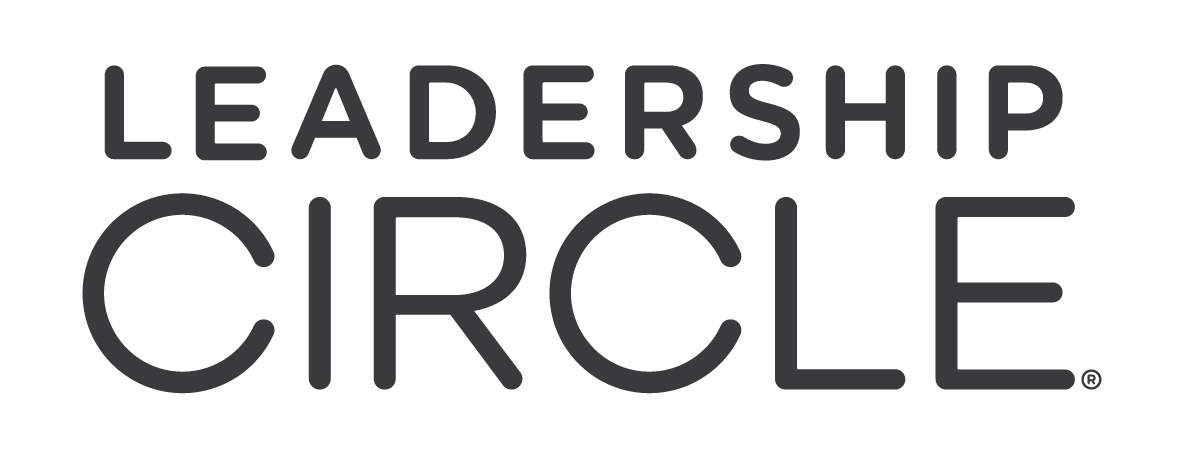Most leaders pride themselves on their ability to solve problems quickly. Faced with a challenge, the instinct is to assemble the team, brainstorm ideas, and roll out fixes. Yet too often, these fixes are little more than stop-gaps—pushing the problem further down the road or inadvertently creating new ones.
Problem-solving is one of the most critical leadership capabilities. But it’s not about patching things up—it’s about tackling the underlying issues, finding hidden opportunities, and creating solutions that stand the test of time. The leaders who excel are those who blend structured methods with adaptability, strategic vision, and emotional intelligence.
Why Traditional Problem-Solving Falls Short
Frameworks like Root Cause Analysis, the “5 Whys,” or Kepner-Tregoe have long been staples of organisational problem-solving. They provide structure and clarity—but they’re not enough on their own.
The Gaps in Conventional Approaches
-
Overly Rational: These models focus heavily on logic while overlooking the human factors—emotions, biases, and team dynamics—that shape outcomes.
-
Surface-Level Diagnoses: They identify symptoms but often miss systemic or cultural factors fuelling the issue.
-
Rigid Solutions: Frameworks can produce cookie-cutter fixes that don’t adapt to evolving realities.
What’s Missing
-
Bias Awareness: Leaders frequently fall prey to cognitive shortcuts—confirmation bias, sunk-cost thinking—that skew decisions.
-
Psychological Safety: Fear of judgement stifles contributions, leaving valuable insights untapped.
-
Adaptive Thinking: Problems evolve. Solutions must, too. Leaders need the flexibility to adjust as conditions shift.
Adopting the Leadership Problem-Solving Mindset
To move beyond quick fixes, leaders must cultivate a broader mindset—one that sees problems in context, values emotional intelligence, and adapts to changing dynamics.
Strategic Awareness
Great leaders zoom out. They don’t see problems as isolated incidents but as part of an interconnected system.
Ask yourself:
-
What deeper causes might I be missing?
-
How does this issue ripple across other teams or processes?
-
Are there structural or cultural patterns sustaining the problem?
Tools like problem maps—visual diagrams connecting challenges to organisational inputs and outcomes—help leaders spot systemic leverage points for smarter solutions.
Cognitive Agility
Linear thinking is a trap. Strong problem-solvers move fluidly between analysis, creativity, and empathy.
Ways to sharpen this agility:
-
Scenario Thinking: Stress-test solutions under multiple “what if” conditions.
-
Reverse Thinking: Instead of asking, How do we fix this? ask, How could we guarantee it fails?—surfacing hidden risks.
-
Challenging Assumptions: Revisit old ideas with fresh eyes. Outdated assumptions often quietly block progress.
Emotional Intelligence
Problem-solving is as much about people as processes. Leaders must foster an environment where colleagues feel safe to contribute, challenge assumptions, and share ideas without fear.
Emotional intelligence means listening deeply, recognising emotional undercurrents, and helping teams channel frustration or doubt into constructive action. When employees feel heard, they commit more fully to the solutions they co-create.
From Stalled to Breakthrough: A Four-Step Playbook
1. Slow Down to Speed Up
Rushing often compounds issues. Instead, pause to gather context, analyse causes, and reflect before acting. Many complex challenges require careful deliberation to avoid costly missteps.
2. Identify the Invisible Forces
The real blockers are often unseen—biases, unspoken assumptions, or cultural tensions. Use anonymous surveys or facilitated sessions to surface what isn’t being said. Tools like BRITE assessments can help capture honest feedback and highlight hidden dynamics.
3. Flip the Perspective
When traditional thinking stalls, change the lens. What would a child, customer, or external advisor see? Frameworks like Edward de Bono’s Six Thinking Hats encourage fresh, lateral perspectives that break through entrenched patterns.
4. Test and Adapt
No solution is permanent. Treat every initiative as an experiment—pilot it, gather feedback, adjust, and refine. The Plan-Do-Check-Act (PDCA) cycle is invaluable for embedding this iterative mindset.
A Real-World Example
When Indra Nooyi led PepsiCo, she didn’t treat criticism of sugary drinks as a PR problem. Instead, she reframed it as a strategic opportunity, broadening the portfolio to include healthier products. By expanding perspective, engaging teams, and adapting the strategy, she transformed a reputational risk into long-term growth.
Leading the Next Era of Problem-Solving
The best leaders don’t simply fix problems. They reframe, anticipate, and transform them into opportunities for growth.
You don’t need to reinvent the wheel—what’s needed is a new mindset. By combining strategic awareness, cognitive agility, and emotional intelligence, you can create solutions that last and inspire your teams to do the same.
At Leadership Circle, we help leaders build these critical capabilities, equipping them to solve today’s challenges while shaping tomorrow’s opportunities.





